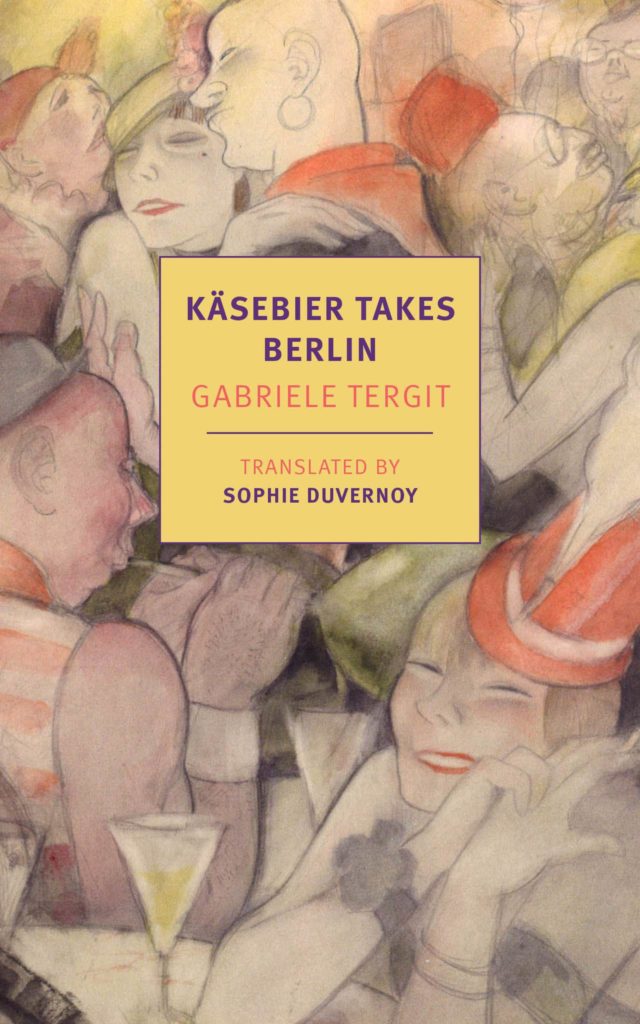On this European Day of Languages 2019, Angharad Mountford, PhD student at the IMLR, talks about German literary translations:
Despite our impending withdrawal from the EU, with all its separationist connotations and anti-European sentiment, it seems, from a book perspective at least, a great deal of the population is trying even harder to become more ‘European’. The year 2018 saw an impressive 5.5% rise in sales of translated fiction – and the majority of these are notably English-language translations of European texts. French books in translation stand at 17% of total volume sales, whilst Swedish and Norwegian translations also appear to be thriving. (1)
This blooming market for translations, however, is at odds with the reality of Modern Languages in the UK today. With the news that German as a subject is being cut from a large number of schools’ curriculums, and with fewer students taking up French and German for GCSE, at first glance, curiosity about the literature and culture of our neighbouring European counties appears to be dwindling. Similarly, Modern Languages graduate numbers are declining, resulting in the closure of university departments. Professor Nicola McLelland (University of Nottingham) estimates that in UK universities today, ‘the number of German units has halved from more than 80 in 2002 to fewer than 40’. (2)
Yet a recent surge in publications of English translations of German novels and their subsequent popularity, seems to paint a wholly more positive picture. Whether or not this is in part a reaction to the view that German is becoming a more sought-after language in terms of business and careers, or the news that many young people are looking to move to Berlin to avoid the UK post-Brexit, is questionable.

This year, certain English-language translations of German texts prove that German literature is back on the page when it comes to the UK book market. It is not only new books, however, that are being translated into English, but also a number of novels from the early 20th century that are only now making their debuts in the English market. Weimar writer Gabriele Tergit, who began her career in the 1920s whilst writing law court reports for a Berlin newspaper before turning her hand to novels, is a fairly unknown writer in Britain – even in Germany her name may not resonate with many people. This year saw the publication of the first English translation of Tergit’s 1920s novel Käsebier erobert den Kurfürstendamm (1931), translated by Sophie Duvernoy, with the title Käsebier takes Berlin (NYRB Classics, 2019). The novel, a tongue in cheek satire of the excesses of the Weimar Republic, introduces the humour and skill of Tergit’s writing to an English-speaking audience, and gives readers a snapshot of the cartoon-like world of working in a busy press department in the midst of Weimar Berlin. Nearly 100 years after its initial publication, this fine translation of an arguably ‘forgotten classic’ is hugely promising and will hopefully pave the way for a surge in other translations of German fiction.
Another notable translation is that of Austrian writer Ingeborg Bachmann’s only novel, Malina, published this summer by Penguin Modern Classics in its third, updated version, translated by Phillip Boehm. Originally published in 1971, just two years before Bachmann’s death, the novel was described by the author as an ‘imaginary autobiography’: it follows an unnamed woman writer living in Vienna, and her part in a love triangle that has deep psychological consequences.
Malina, however, is a novel that was also successful at the time of its publication. In contrast, Freido Lampe’s Am Rande der Nacht, was banned by the Nazis almost as soon as it had been published. Lampe, a disabled gay writer, penned his magic realism text in 1933, the same year that the Nazis removed it from sale due to its homosexual content and its depiction of an interracial marriage. Although Am Rande der Nacht was brought back into circulation in Germany a number of times since 1949, it was not until 1999 that a full, non-censored version was published. Now, twenty years later, an English-language readership can finally read the book. At the Edge of the Night, Simon Beattie’s translation of Lampe’s novel, was published by Hesperus Classics in February 2019.
These are of course just a handful of notable recent translations of German writing: take a look at any large bookseller’s ‘In Translation’ sections, and the sheer variety of texts is definitely a sign that there is indeed a growing market for books written in different languages. If this trend can filter through into more schools and universities prioritising languages, and to the public at large, then our appreciation for cultures other than our own can only grow.
Anghard Mountford, PhD Researcher, IMLR
(1) Research commissioned by Man Booker International Prize 2019, ‘Translated Fiction Continues to Grow | The Booker Prizes’ https://thebookerprizes.com/international/news/translated-fiction-continues-grow [accessed 19 September 2019].
(2) ‘We Need Languages Graduates to Steer Us through Our Post-Brexit Troubled Waters | Nicola McLelland | Education | The Guardian’ https://www.theguardian.com/education/2019/jul/31/we-need-languages-graduates-to-steer-us-through-our-post-brexit-troubled-waters [accessed 19 September 2019].
